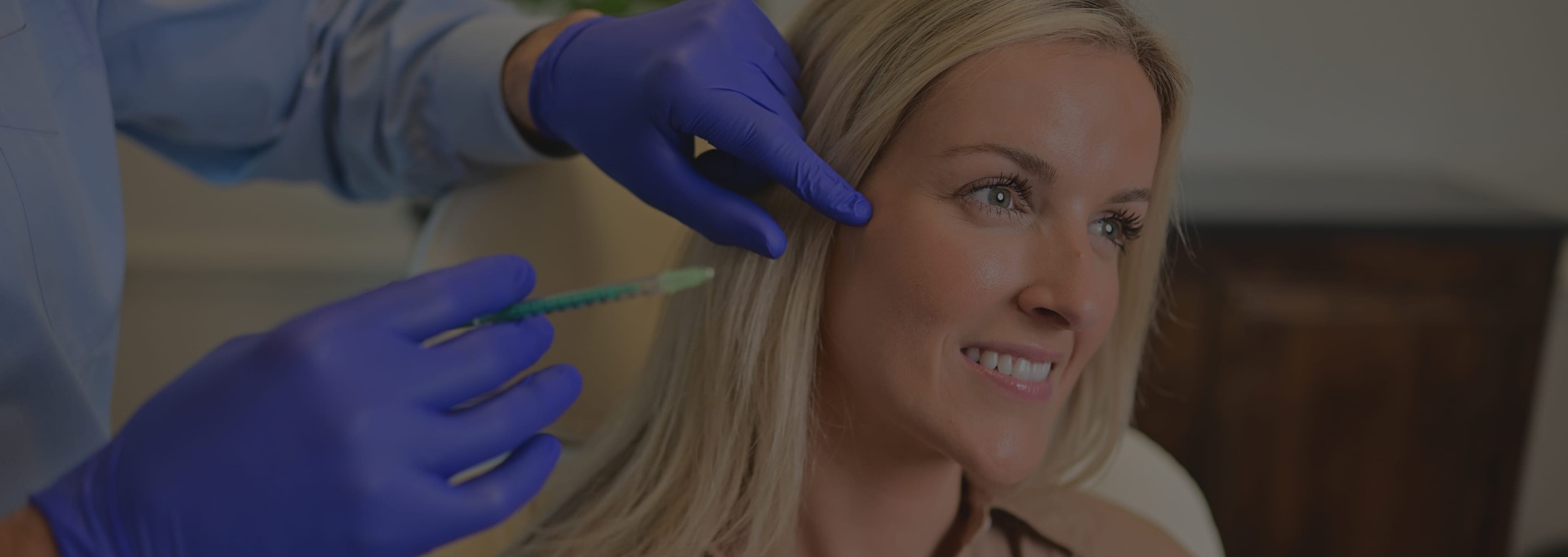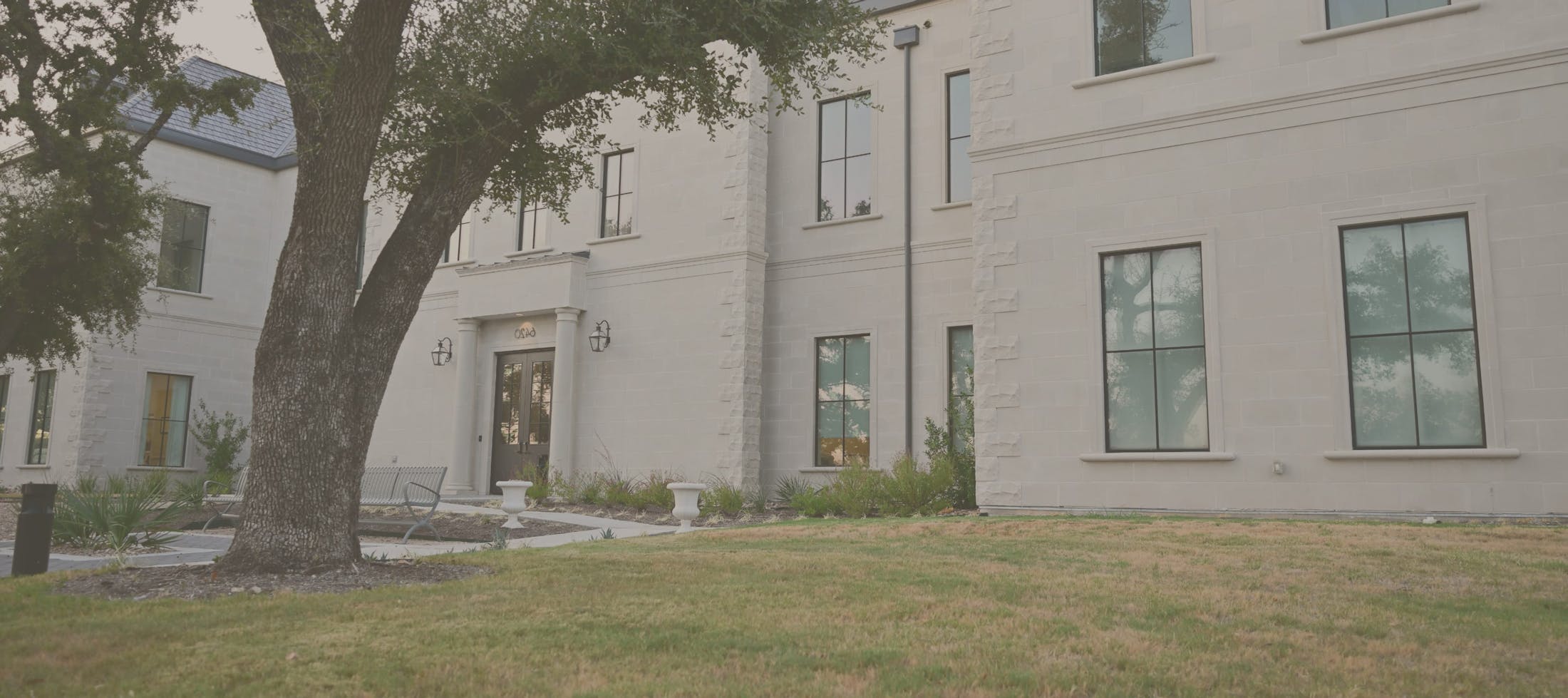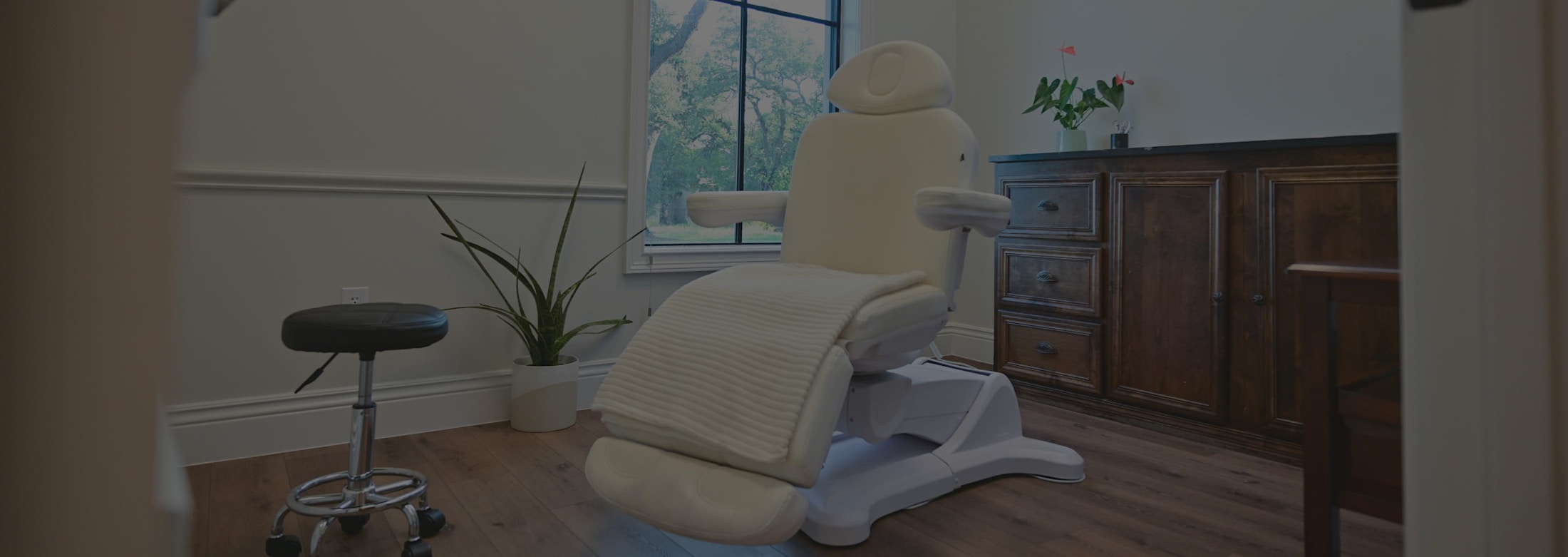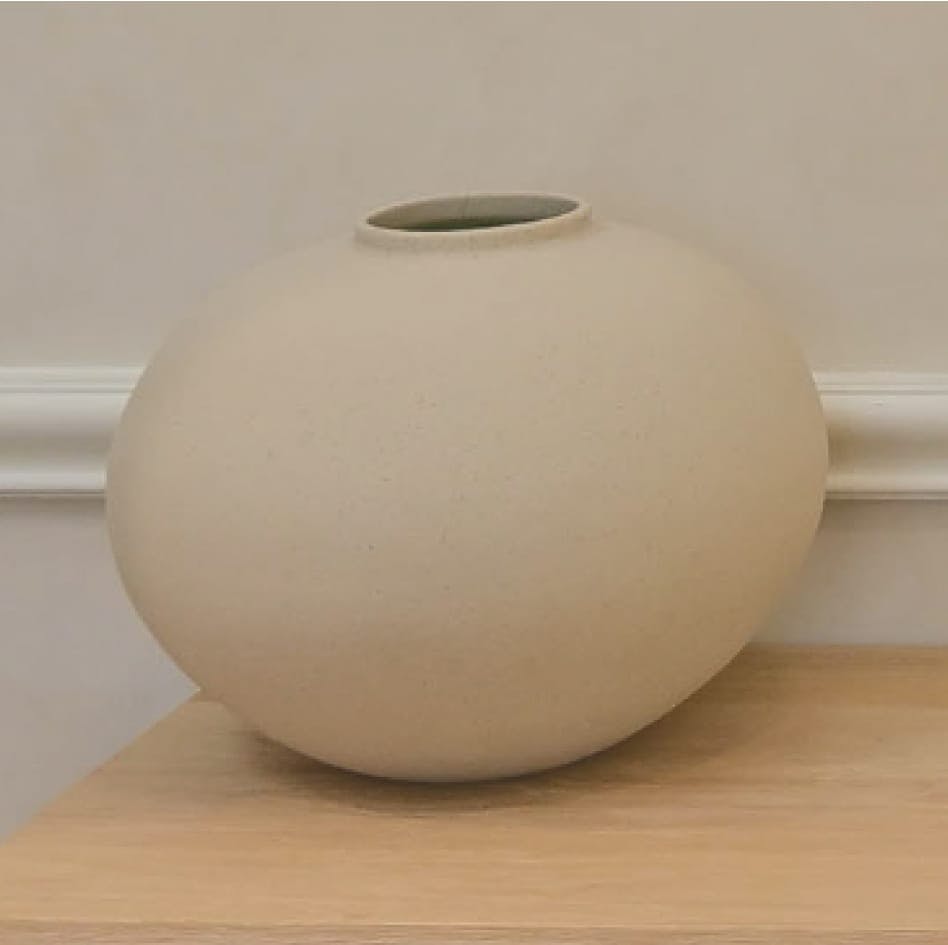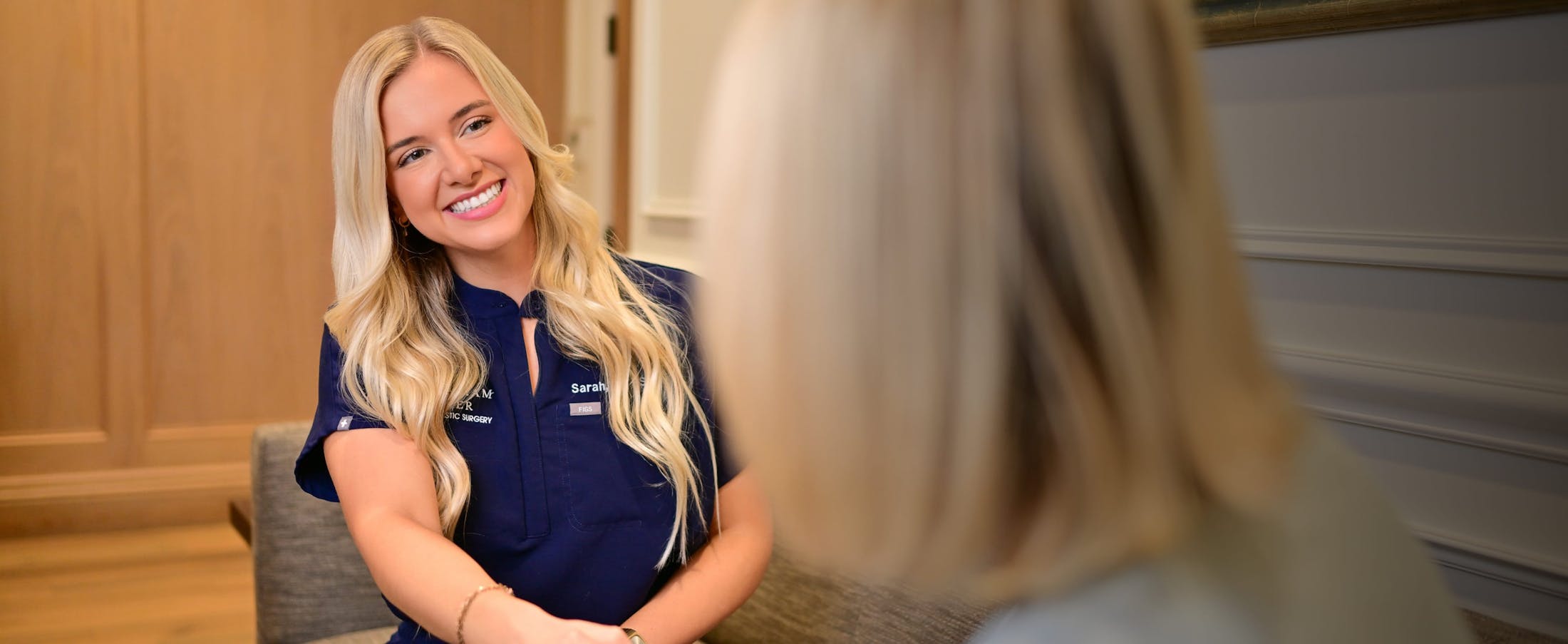What Is a Chemical Peel?
A chemical peel is a cosmetic procedure that involves the application of a chemical solution to the skin, which causes the skin to exfoliate and eventually peel off. This process promotes the growth of new skin cells, revealing smoother, less wrinkled skin. Chemical peels are used to treat various skin concerns, including fine lines, wrinkles, uneven skin tone, acne scars, and sun damage. They are available in different strengths, ranging from superficial to deep, and the choice depends on the specific skin issues being addressed.




